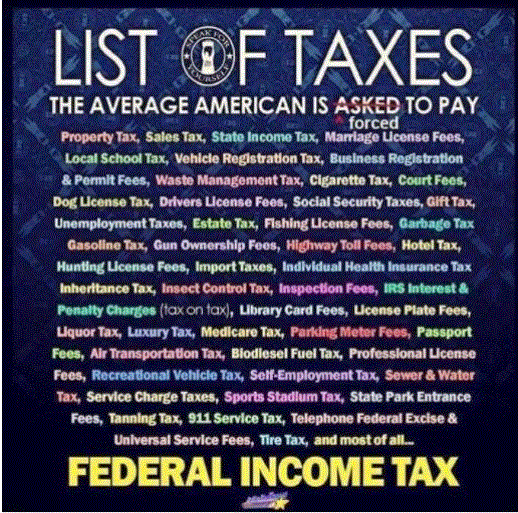By Jon Coupal – August 31, 2023
For political observers, the debate between conservative and progressive politicians over the impact of various policies can be entertaining as well as enlightening. Of course, politicians tend to either stretch the truth or cherry-pick various statistics to support their positions.
Take, for example, arguments related to poverty. According to the U.S. Census Bureau, the official poverty rate compares income to a poverty threshold that is adjusted by family composition. But the Supplemental Poverty Measure (SPM), first released in 2011 and produced with support from the U.S. Bureau of Labor Statistics (BLS), modifies the official poverty measure by including the value of government programs for low-income families. The SPM also accounts for geographic variation, such as cost of living, in poverty thresholds.
Which of the two methods of calculating poverty is used makes a huge difference for California. Under the unadjusted poverty rate, California ranks right in the middle, 25th out of 50. But when cost of living is taken into account, California ranks dead last, 50th out of 50.
The disparity among comparative metrics is so pervasive it is difficult to discern the truth about which states perform better than others. But the American Legislative Exchange Council (ALEC) produces an annual report entitled “Rich States, Poor States,” which ranks the economic competitiveness of states based on fifteen categories. It is intended as a resource for state lawmakers and other policy leaders for critical decision making.
Hardcore California haters might believe that the Golden State ranks worst in all possible measurements, but that simply isn’t true. What is true, however, is that California ranks poorly in most of the metrics and that the trends for the future are not encouraging. Of the fifteen categories, here are some of the more salient.
Income taxes: California ranks 48th worst with the highest state marginal tax rate in the nation. But because some local governments in other states impose income taxes – California does not – the state dodged that dead last position. Nonetheless, California did rank last (50th) in the progressivity of its income tax structure.
Property taxes: Notwithstanding the protections of Proposition 13, California ranked 28th in property tax burdens. The methodology used by “Rich States, Poor States” measured revenues from state and local property taxes per $1,000 of personal income using the latest available Census Bureau data. (Interestingly, the Tax Foundation – another reliable source for data – ranked California 14th out of 50 states in per capita property tax collections. Either way, both measurements belie the myth that California is a low property tax state).
Sales Tax Burden: For Californians, the ranking of sales tax burden is a surprisingly reasonable 23rd. Although California has the highest state sales tax rate in America at 7.25%, with local add-ons that push the rate over 10% in many jurisdictions, the methodology used by “Rich States, Poor States” moderates that ranking. Specifically, rather than relying on the tax rate, they look at sales tax revenues per $1,000 of personal income. One could quibble with this methodology given that California has a lot of super wealthy individuals which could disguise the true impact on the middle class.
Estate Tax: Under the “good news” category, California ranks 1st in Estate Tax burden. This is not surprising given that we don’t have an estate tax. But rather than thank our political leaders, thank statewide voters who passed Proposition 6 in 1982 repealing the estate tax. Moreover, while a number-one rank looks good, California shares that rank with 33 other states, all of which have no estate tax.
Debt Service as a Share of Tax Revenue: California ranks poorly – 39th out of 50 – in its debt service ratio, measuring the interest paid on state and local debt as a percentage of state and local total tax revenue. Because this information comes from 2020 U.S. Census Bureau data, the most recent available, it won’t take into account more recent bond measures approved in California nor a potential downturn in revenue which would increase the ratio even if no additional debt is assumed.
Other measures: Additional metrics of concern to the economic health of California include the state’s tort liability system (48th); workers compensation costs (48th); and, Cumulative Domestic Migration, 2012 – 2021, (49th). On the plus side is a measure of the effectiveness of Tax and Expenditure Limitations (3rd). For California, this includes the iconic Proposition 13 (1978); the Gann Spending Limit (1979); and Proposition 218, the Right to Vote on Taxes Act (1996). Moreover, California voters will have the opportunity to improve this metric with the passage of the Taxpayer Protection and Government Accountability Act in November of 2024.
When all the metrics are considered, “Rich States, Poor States” concludes that California’s overall ranking is a dismal 45th out of 50. Even for policy and political leaders who quibble with ALEC’s methodology, or its choice of what categories to measure, “Rich States, Poor States” is a valuable resource to guide them toward greater economic prosperity.
Jon Coupal is president of the Howard Jarvis Taxpayers Association.


